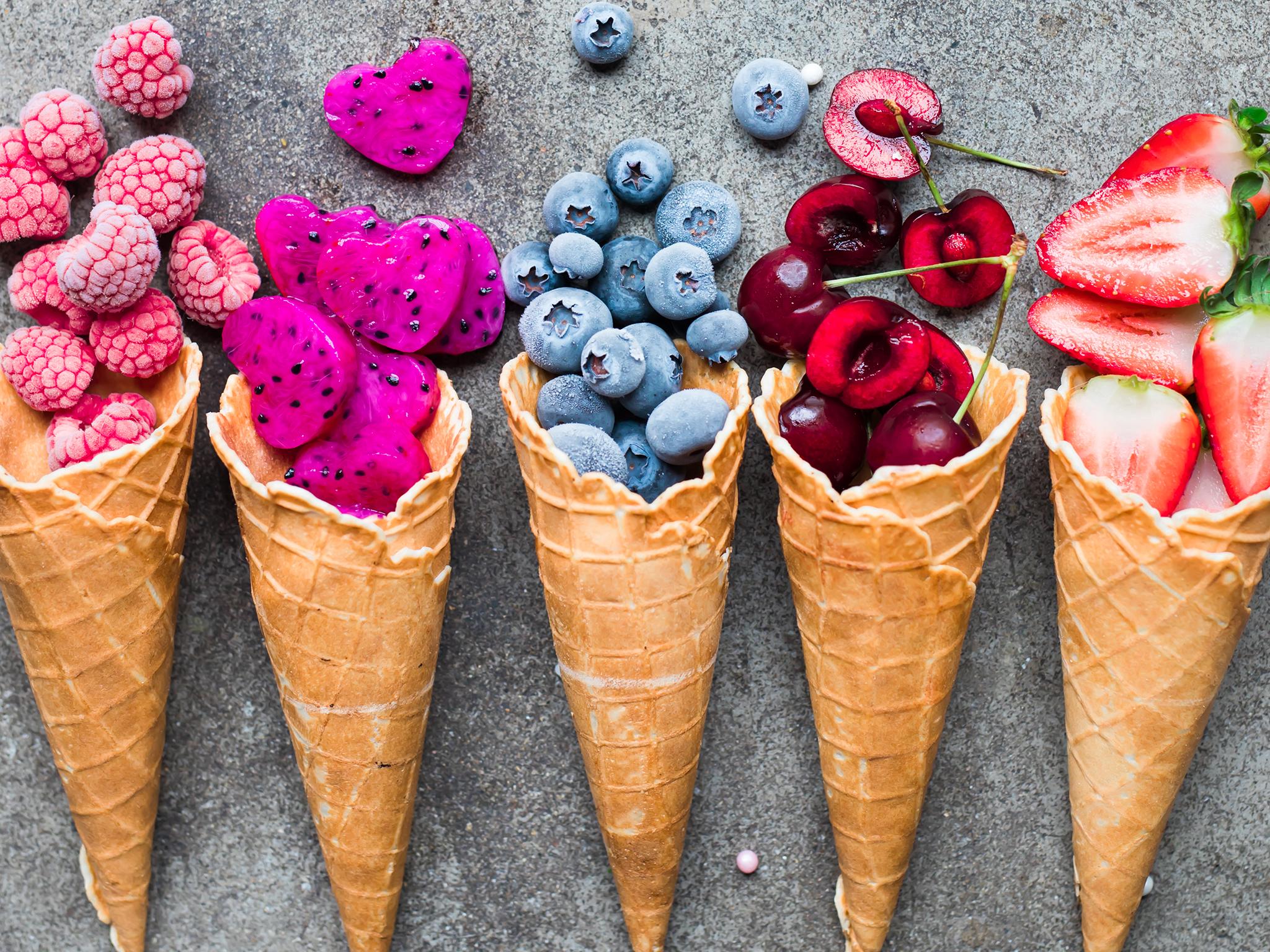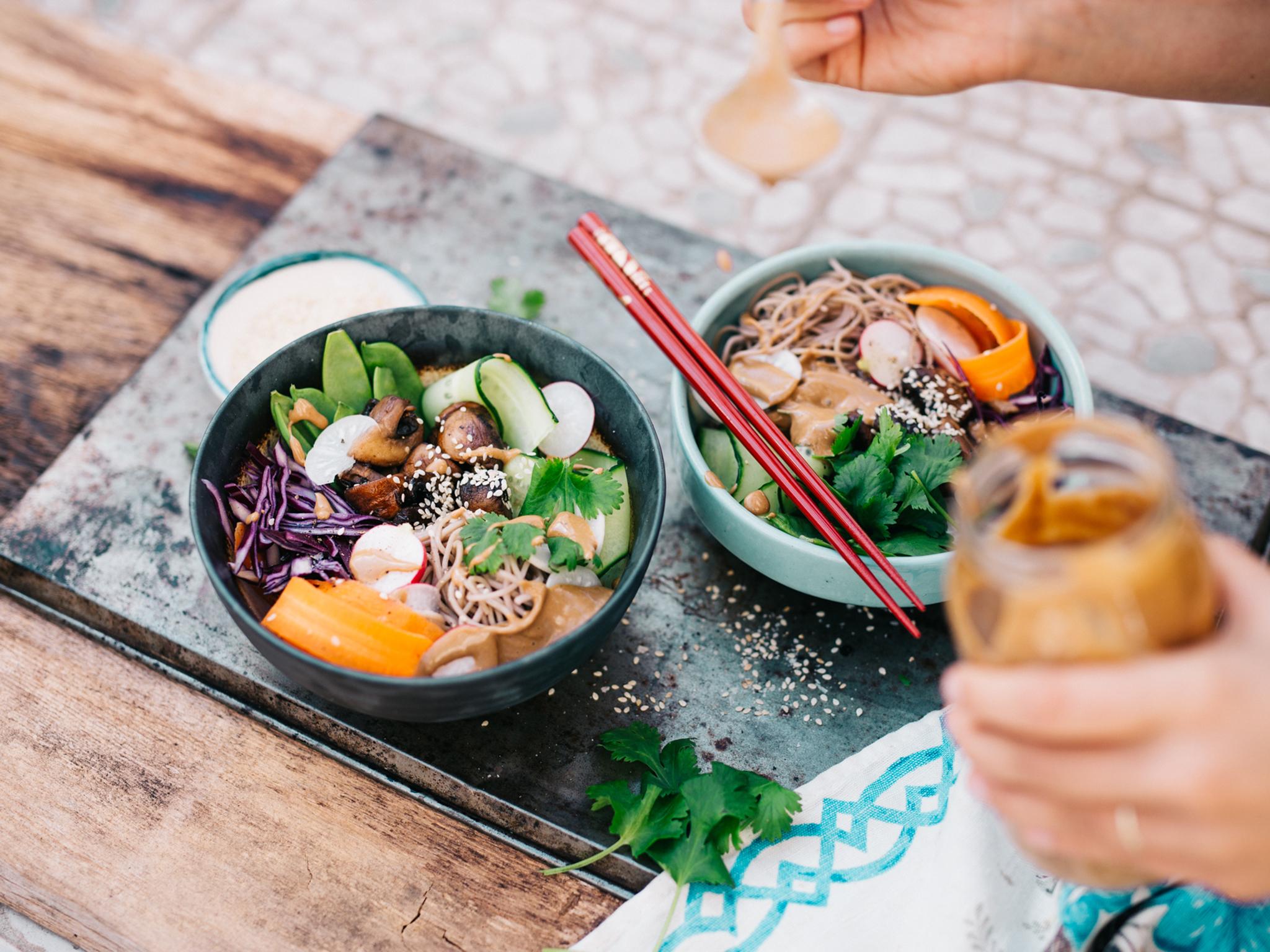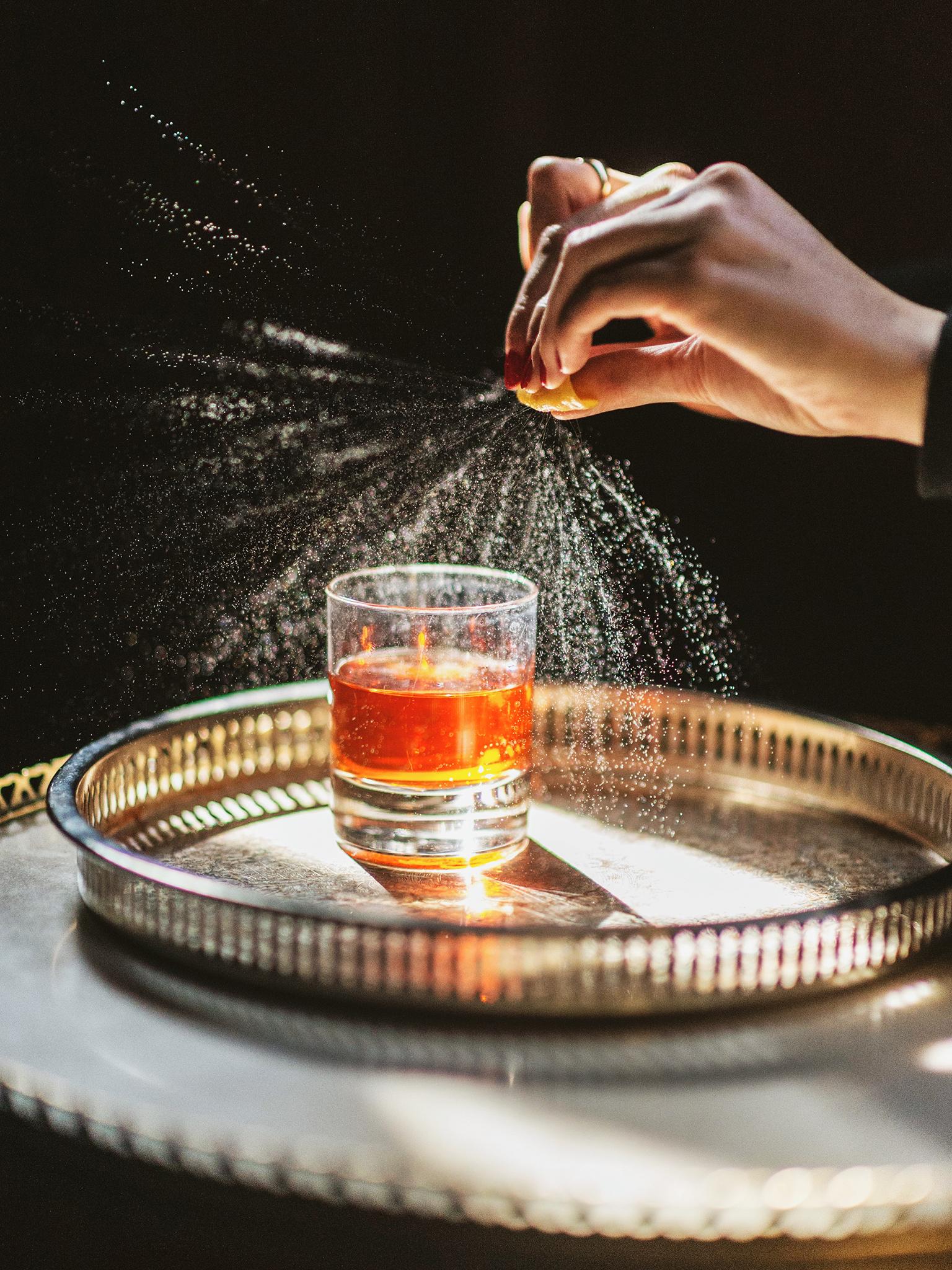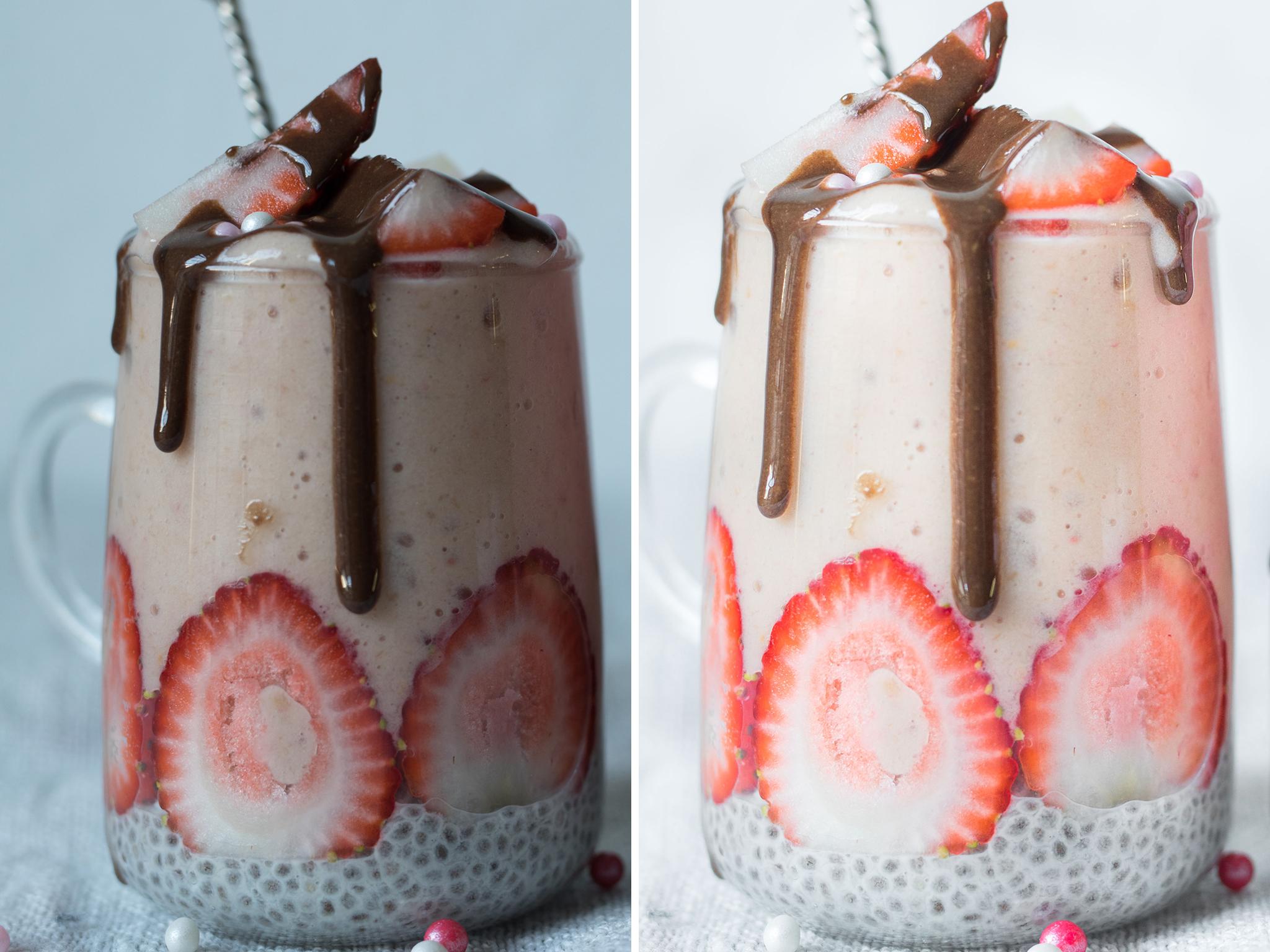The biggest mistake people make when taking photos of food, according to food stylists
Photographers Anett Velsberg and Daniel Krieger reveal their secrets to capturing stunning images of grub

Your support helps us to tell the story
From reproductive rights to climate change to Big Tech, The Independent is on the ground when the story is developing. Whether it's investigating the financials of Elon Musk's pro-Trump PAC or producing our latest documentary, 'The A Word', which shines a light on the American women fighting for reproductive rights, we know how important it is to parse out the facts from the messaging.
At such a critical moment in US history, we need reporters on the ground. Your donation allows us to keep sending journalists to speak to both sides of the story.
The Independent is trusted by Americans across the entire political spectrum. And unlike many other quality news outlets, we choose not to lock Americans out of our reporting and analysis with paywalls. We believe quality journalism should be available to everyone, paid for by those who can afford it.
Your support makes all the difference.Deep purple smoothies piled with juicy blueberries, rustic handmade bowls packed with hearty grains and sauted kale, and waffle cones of gelato dripping with melted chocolate and wrapped in lilac candy floss. Why does everything on Instagram just look so delicious and why - if you’re anything like us - do all your snaps look a little flat?
Even the most photogenic, soupy Neapolitan pizza drizzled in chilli oil and sprinkled with freshly ground pepper seems impossible to capture. As you desperately rearrange your cutlery and can of San Pellegrino, all you're left with is a rapidly cooling dinner, angry friends and some blurry shots not even worthy of a WhatsApp group, let alone Instagram.
But, really, taking mouthwatering images of grub is very simple, says Anett Velsberg, a food stylist and photographer. It may sound obvious (but if you knew what you were doing you wouldn’t be here, would you?) the food needs to look delicious in the first place.
“That means having various textures to play with," Velsberg tells The Independent. "You need oozing sauces, crispy crumbs, dimpled fruits, and soft breads. A good photographer balances these elements and others in tasteful proportions, and frames them all accordingly."

Daniel Krieger, an award-winning photographer based in Brooklyn, whose images of food are brooding and cinematic, adds that the biggest mistake that people make when trying to capture their food is settling for dim restaurant lighting - the kind that makes your burrito look gravelly - or harsh, blinding sunlight rather than softer rays. His advice? If the lighting is poor, just give up and tuck in. "If the light is really bad maybe skip the photo, but eat the cannoli," he tells The Independent. Your fellow diners will thank you for it.

With snaps bursting with colour, Velsberg’s style couldn't be more different to Krieger's, but lighting is as all-important to her work.
“Try to avoid the all-yellow looking shots by finding a spot with good natural light, such as a corner in your house that is shaded on a bright sunny day,” she says.

“One of the easiest things to acquire is a reflector and or white foam board to balance out the shadows on the picture and bounce back some light. Also, a good tripod can take you a long way,” she adds.
As with all top-notch photography, an image of food must also tell a story: whether it’s how the meat was procured or a trail of crumbs and awry cutlery suggestive of a messy dinner party.

“The first step to composing a photo for me is to decide what I want to highlight on the photo and then style around that,” says Velsberg. “There is always a ‘star’ in the photo, and the surrounding colours, shapes and textures all work as the ‘supporting cast’, if you will. This creates a composition with a clear focal point as well as areas of interest and depth.”
Yet, even after the painstaking efforts that Velsberg and Krieger go into composing and fixing the lighting for a shoot, post-production - or fiddling about with some apps on your phone if you’re not that sophisticated - is as vital.
Krieger and Velsberg both use Adobe Lightroom, but apps including VSCO and Snapseed are also popular among smartphone snappers. But go easy on the filters to prevent your photos from looking like an Instagram throw-back from 2011.
“I try to keep my images somewhat natural, and not heavily manipulated,” says Krieger.
“Post-production is what makes an average photo stand out from the crowd,” chimes Velsberg, whose before and after shots show how a little light manipulation can elevate a well-composed but dull photo to something stunning.
“It helps you highlight the best bits - certain colours, shadows, light - to create an image that is not only interesting from a styling and or photography point of view but also in terms of the general composition of a shot.
"I like to think of the editing stages as an opportunity to inject some of the other senses into a photo. Senses of smell, taste, and touch that don’t actually exist in an image of food can be suggested, if you will, through careful editing," she explains.
"There are some photos that are edited so well that you can almost taste the food they portray, and that’s where the bar is set for me."
And after all that you can tuck in.
Join our commenting forum
Join thought-provoking conversations, follow other Independent readers and see their replies
Comments